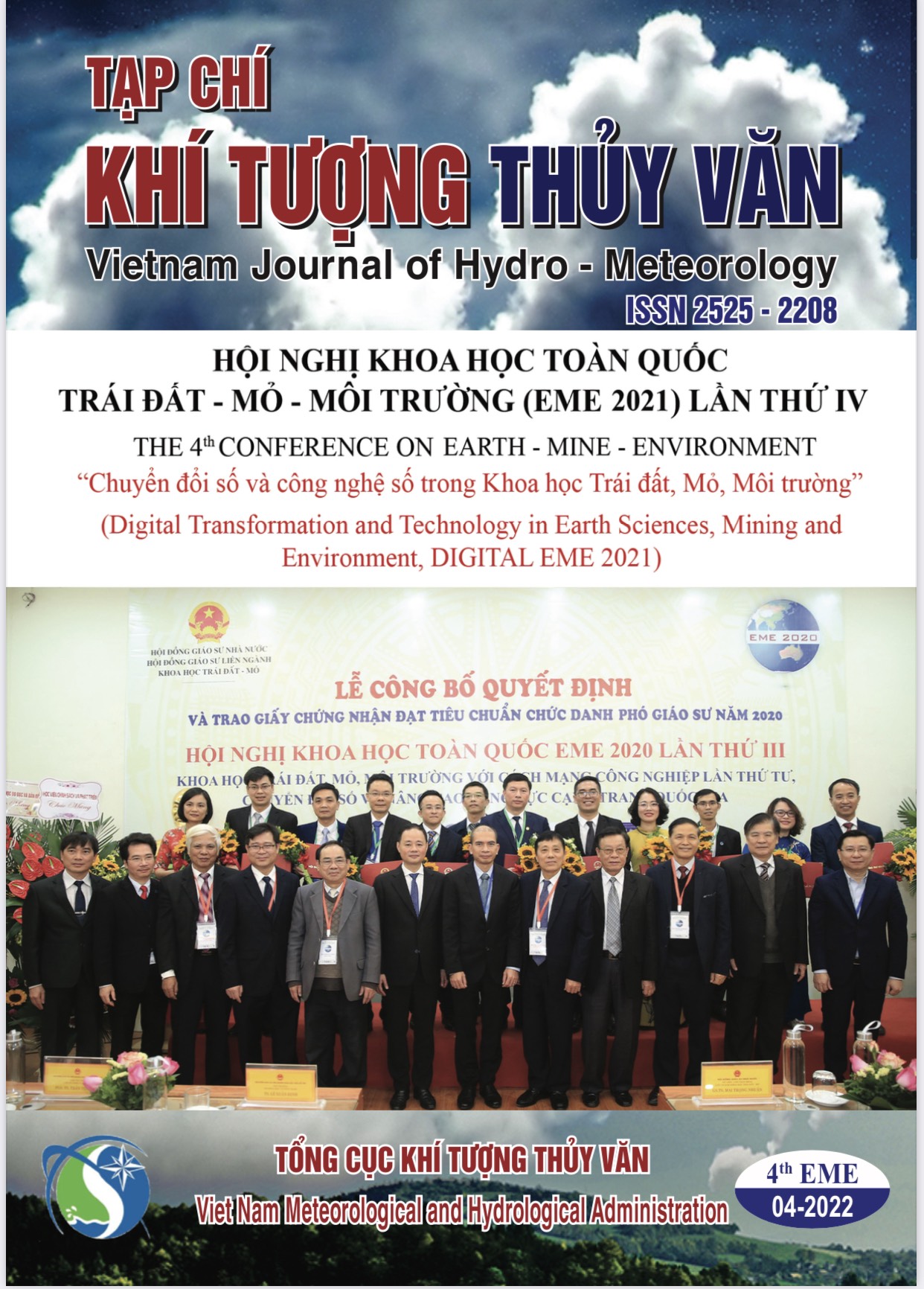Evaluation of soil erosion risk in Da Nang City using remote sensing and GIS technology
Tóm tắt
Soil erosion is a naturally occurring process in mountainous areas that affects all landforms. Located in Central of Vietnam, in the tropical monsoon climate Da Nang City is characterized by more than 70 percentage of area with hilly and mountainous topography. This study is objective apply the Universal Soil Loss Equation (ULSE) model developed by Wischmeier and Smith (1978) integrating with remote sensing data and Geographical Information System (GIS) tool to evaluate soil erosion risk in Da Nang City, Vietnam. Rainfall erosivity (R), slope length–steepness (LS), soil erodibility (K), cover management (C), and conversation practice (P) were used to generate soil erosion map of Da Nang City. In this research, Open–Source Geographical Resources Analysis Support System (GRASS) GIS and QGIS tools were used for developing potential soil erosion map for study area. This study has revealed that the erosion in the Da Nang City has been changed compared to the potential erosion map. The high erosion levels (above 50 tons/ha /year) and the low erosion level (less than 5 tons/ha/year) have decreased; erosion at medium levels increased significantly. Thus, after adding the vegetation cover, the amount of soil loss changes to the direction of decreasing. Especially, in Hoa Vang District, the area of potential erosion at highest level is 37752.02 hectares; accounting for 52.3% and but in the average level is 37335.8 hectares, 51.7% respectively. This indicates the positive effects of vegetation cover on reducing soil erosion.

